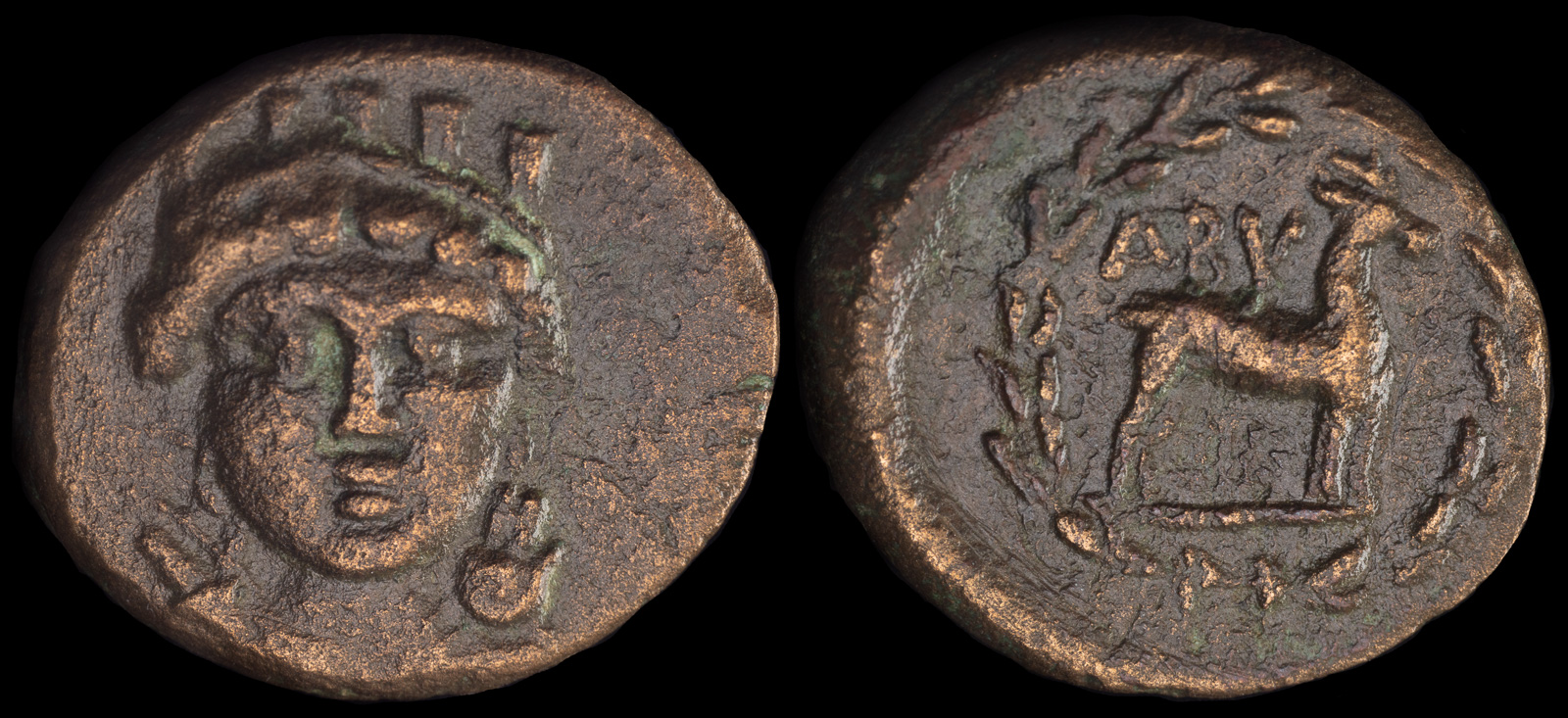Orange
View All Tags
In a humid environment, the copper in the coin can react with carbon dioxide (CO₂) from the air to form copper carbonate (CuCO₃), which is commonly known as verdigris. While verdigris itself is usually green, the orange hue on some coins may be linked to the copper’s exposure to a combination of factors, including moisture, salt, and other environmental pollutants. Over time, this combination of corrosion products can accumulate on the coin, resulting in the distinct orange patina that is sometimes seen.
Interestingly, the orange hue is often most visible in areas of the coin that have been partially shielded from more intense environmental exposure or have been in contact with organic materials that contributed to the oxidation process. In some cases, the orange color may even come from the presence of iron impurities in the coin, as the copper and iron could interact in the oxidation process, creating different oxidation states that result in a reddish or orange tone.
Coins exposed to a particularly salty or acidic environment, such as those found near the sea or buried in acidic soil, can experience rapid and more pronounced oxidation. The presence of salt accelerates the corrosion process by helping to form chloride compounds on the surface, further altering the appearance of the metal.

Abydos, Troas 3rd century BCE
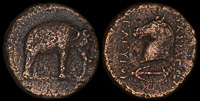
Apameia, Syria 300-281 BCE

Drusus, son of Tiberius 80 CE
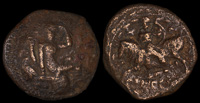
Gortyna, Crete 250-221 BCE
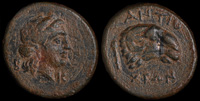
Kebren, Troas 281-261 BCE
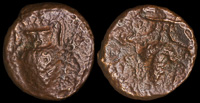
Korkyra, Epeiros 4th cent BCE

Lion Advancing with club 238-244 CE

Magnesia ad Maeandrum 350-200 BCE
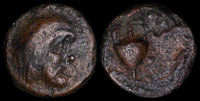
Nagidos, Cilicia 4th century BCE

Odrysian Uncertain King ‘MN’ 405-340 BCE

Orikos, Illyria 230-168 BCE
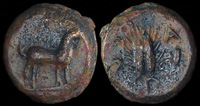
Paros, Cyclades 3rd-2nd centuries BCE
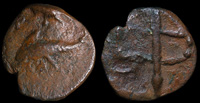
Phalasarna, Crete 3rd-2nd cent BCE
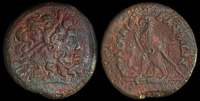
Ptolemy IV 222-204 BCE

Salamis, Islands off Attica 339-318 BCE
